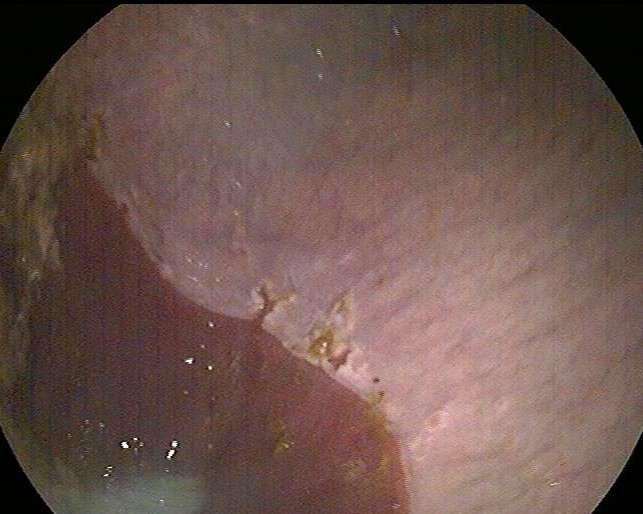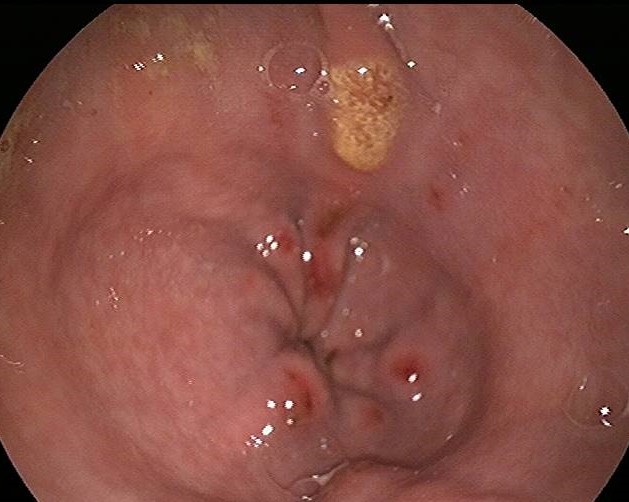Equine Gastric Ulcer Syndrome
Gastric ulcers in horses are probably more common than you think. Studies have shown a prevalence of 25-50% in foals and a frequency of up to 40% in general adult horse population and up to 90% prevalence in performance horse populations. Ulcers in foals are a sightly different issue so this note will focus on adult stomach ulcers.
Why do horses get stomach ulcers?
The horse stomach continuously secretes variable amounts of hydrochloric acid throughout the day and night and secretion of acid occurs without the presence of feed material. Horses are designed to be eating forage material (hay or grass) 18-20 hours of the day. We can contribute to ulcer problems when we limit the horse to meal feedings. Additionally, diets high in carbohydrates such as grain meals lead to increased volatile fatty acid production in the stomach. These volatile fatty acids increase stomach lining damage. Ulcers in the squamous mucosa of the stomach are primarily due to prolonged exposure to hydrochloric acid, pepsin, and bile acids. Ulcers occurring in this region are similar to Gastroesophageal Reflux Disease Syndrome (GERDS) in humans.
Chronic or high dosage use of products like Bute and Banamine can also lead to stomach ulcer formation (which is why you should only use these products under veterinary guidance). This type of medication blocks prostaglandin synthesis. Prostaglandins help buffer and protect the stomach lining. Blocking prostaglandin synthesis causes deceased mucosal blood flow, stimulates gastric acid secretion, and inhibits bicarbonate secretion by the glandular mucosa.
How do I know if my horse has stomach ulcers? 
The signs of stomach ulcers can be very obvious or very subtle depending on the individual horse and the severity. Signs include: poor appetite or starting and stopping eating, low grade colic, change in behavior or attitude to depression or “grumpiness,” excessive salivation, teeth grinding, weight loss, decreased performance, etc. Stomach ulcers can be seen by passing an endoscope into the stomach via the nose.
How do we treat stomach ulcers?
Currently, there is only one FDA approved treatment for gastric ulcers in horses, GastroGard (Omeprazole paste, Merial Limited, Atlanta, GA). GastroGard is a paste and is given to horses once daily for 28 days to treat EGUS. It is also labeled for prevention of recurrence of gastric ulcers at ½ dose. The medication contained in GastroGard is the same medication found in the “Purple Pill” Prilosec that is currently sold to humans for treatment of gastric ulcers. Additionally, studies have found that using alfalfa as the forage component of the diet helps decrease acid production and buffer the stomach. Changing the horse’s stressors and diet can really help with gastric ulcer syndrome. Limiting grain meals, increasing pasture time or outside time, and maintaining a regular schedule can really help.
If you think your horse may suffer from Equine Gastric Ulcers, please feel free to call us to discuss your options. We now have a gastroscope and are able to scope the stomach in the field!!